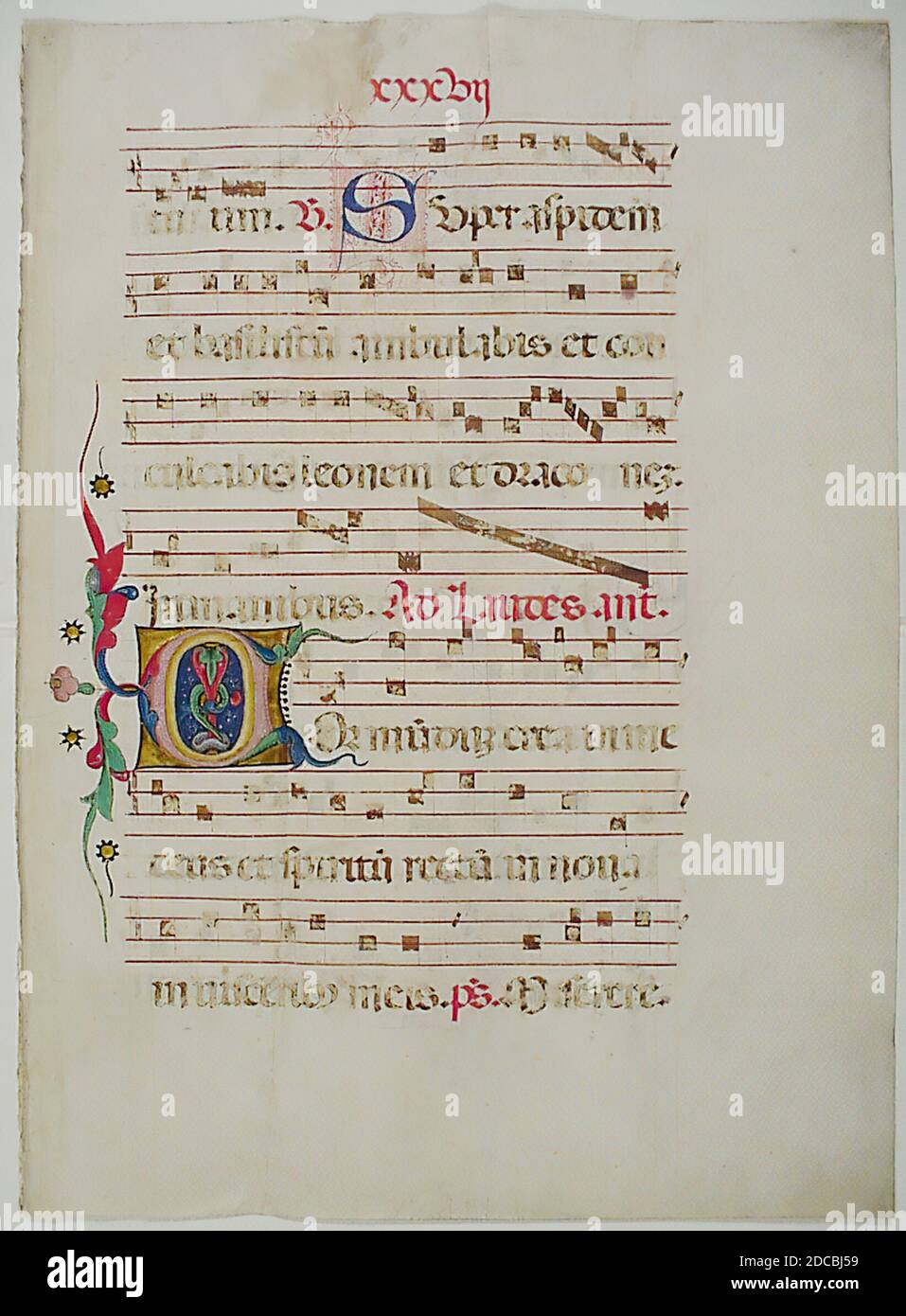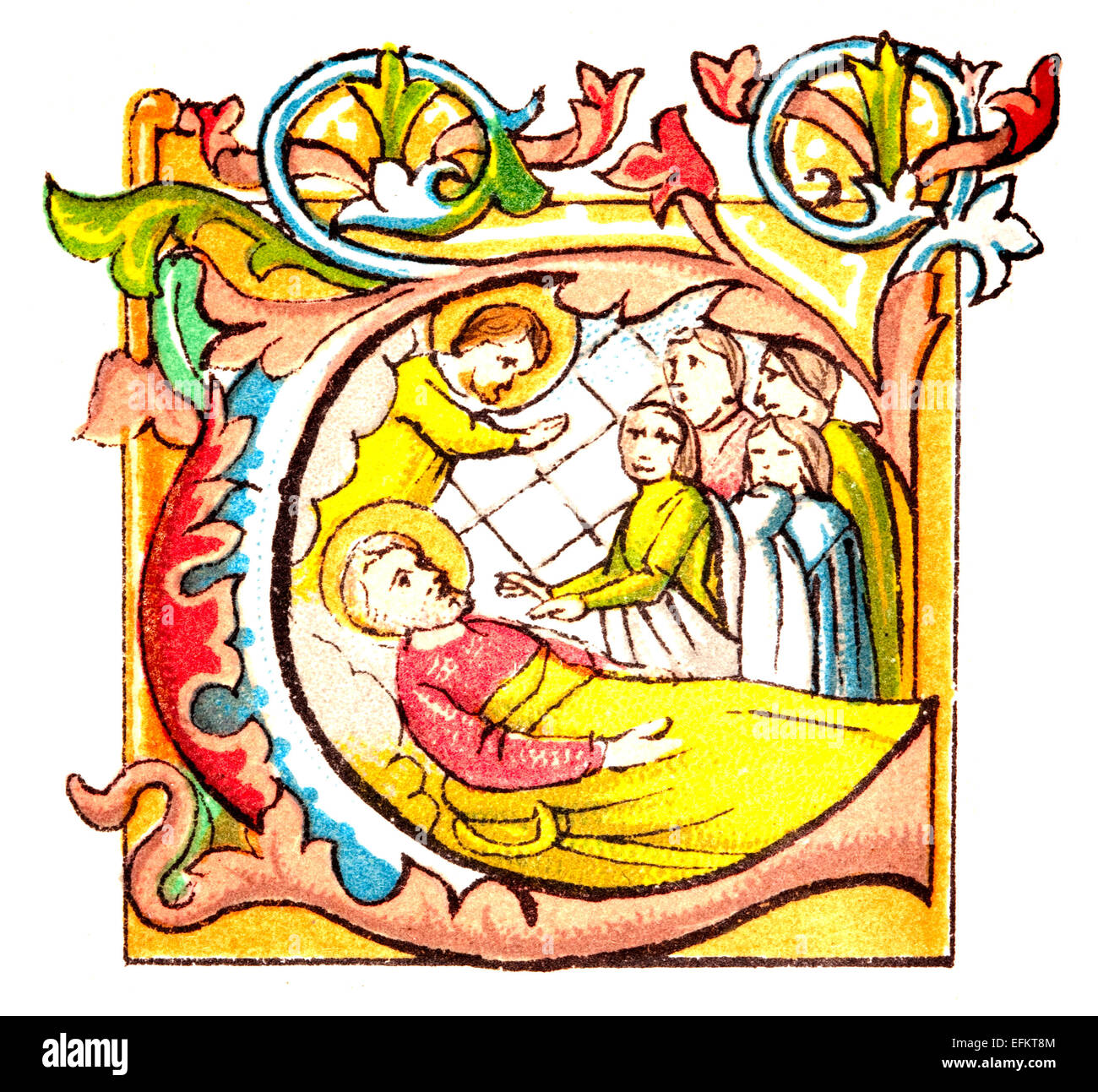

He appointed Alcuin of York to this arduous task - first to travel and study all the existing lettering in Europe and second to choose and develop the one that is most easily learned. In his desire to re-unify the Roman Empire as the Holy Roman Empire, Charlemagne realized the need for a single unified lettering style for all of Europe. Uncial lettering was sometimes done as gold lettering on top of purple or burgundy dyed parchment.Ĭharlemagne was responsible for the development of this lettering style. The typical decorative motifs used with these styles were intricate knotwork patterns with interlaced vines or animals (see Book of Kells or Lindisfarne Gospels). Used by Irish missionary monks that spread Christianity across northern Europe, their characteristic round shapes influenced many later calligraphy styles.

These are a few:įirst developed as Roman styles at the time of the Roman occupation of the British Isles, these Irish letters are the first truly medieval styles. One of the results in these Dark Ages is a rise in highly differentiated regional calligraphy styles. After the fall of the Roman Empire and before the rise of the Holy Roman Empire headed by Charlemagne, came a time of isolationism. Later rustic majuscules were used for titles only in medieval manuscripts, especially when used with carolingian or later humanist calligraphy. The name "Rustics" is derogatory meaning barbarian and uncivilized. Originally brush made letters, these letters were the style that ancient Roman graffiti artists used. These were also adopted by medieval scribes. These are the pen-made variations of the Roman majuscules written in ancient Roman texts. The perfect example of these carved letters (113 AD) appears on the inscription at the base of the Trojan Column at the Roman Forum. In medieval thinking, to use these grand letters in a document evoked the ultimate power and far reaching authority of the fallen Roman Empire and aligned the document presenter with this power. Developed as carved lettering for use in Roman monuments, they are easily read from a distance. These majestic capitals are the basis of our modern alphabet. This listing, in chronological order, is by no means complete or comprehensive. What follows is a brief introduction to several European calligraphic styles. This stems from the fact that calligraphy was as varied as the different cultures and eras from whence it came. There is an endless variety of calligraphic and corresponding illumination styles. documents are still based on actual medieval documents.

documents are usually the work of single artisans. While medieval documents are the collaborative work of several artisans, M.S.R. members by the sovereign in court and are shown for all to admire. Awards are presented to the deserving M.S.R.

All are suitably calligraphed, illuminated and emblazoned. artisans create shire, county, baronial and guild charters, Kingdom and Shire greatbooks, awards of honor, sovereignÕs oaths, etc. Instead of making books of hours, bibles, romances and charters M.S.R. artisans continue these grand artistic traditions through the creation of Kingdom documents. The Tres Riches Heures of Jean Duc Du Berry and The Book of Kells are two famous examples of manuscripts that have survived to this day. The most wealthy and powerful also gave beautifully calligraphed and illuminated (decorated using real gold leaf and expensive, precious colors) documents as gifts. It required the original text or a loaned copy of another book and several highly skilled craftspeople: a parchementer to make the parchment from the animal skin, a scribe to do the calligraphy (from the Greek beautiful wiring ), an illuminator to decorate the book and a bookbinder to sew the individual pages into a book format and make the leather binding. Powerful nobility displayed their wealth through ownership and production of sumptuous manuscripts. Most books were made by monks and nuns in a monastic scriptorium, the room(s) reserved for producing books. This domain of writing and books was in the hands of the literate nobility, merchant upper class and the church. Called "manuscripts" - from the Latin words for hand (manu) writing (script) - they were produced before printing ushered in the European Renaissance. Throughout the Middle Ages all documents, books, charters, etc., were handwritten.


 0 kommentar(er)
0 kommentar(er)
